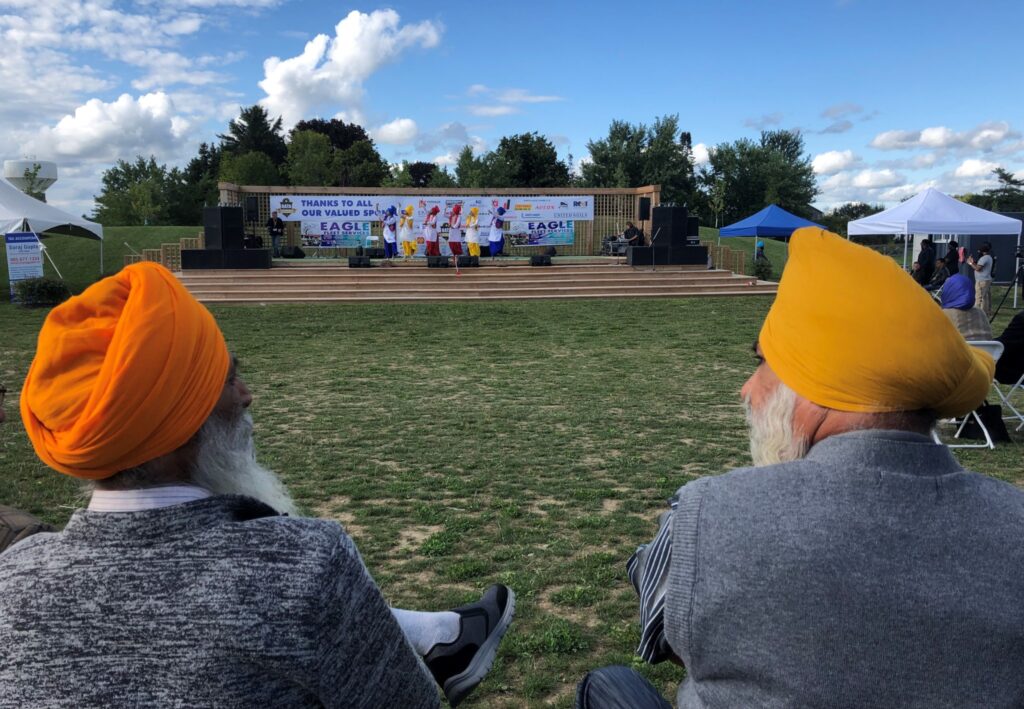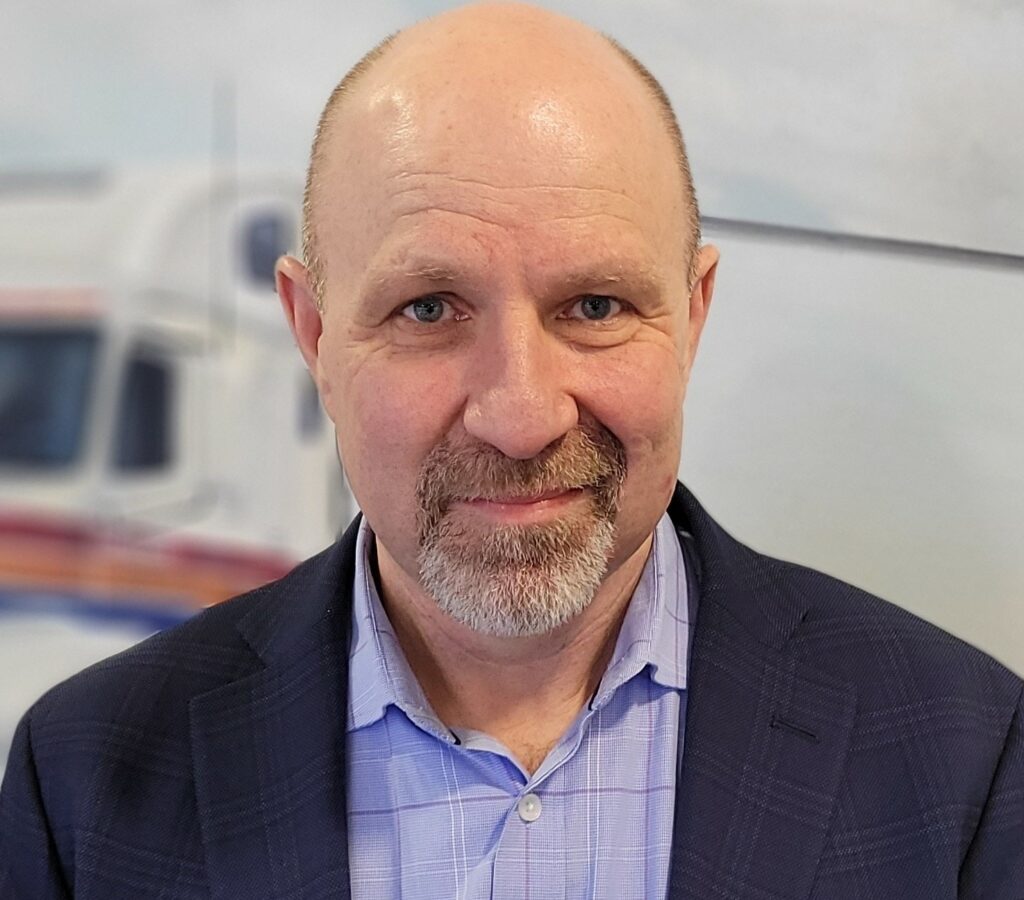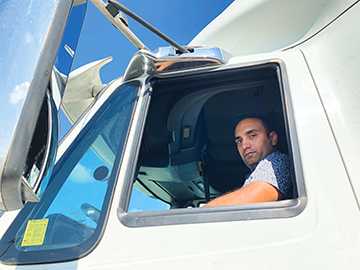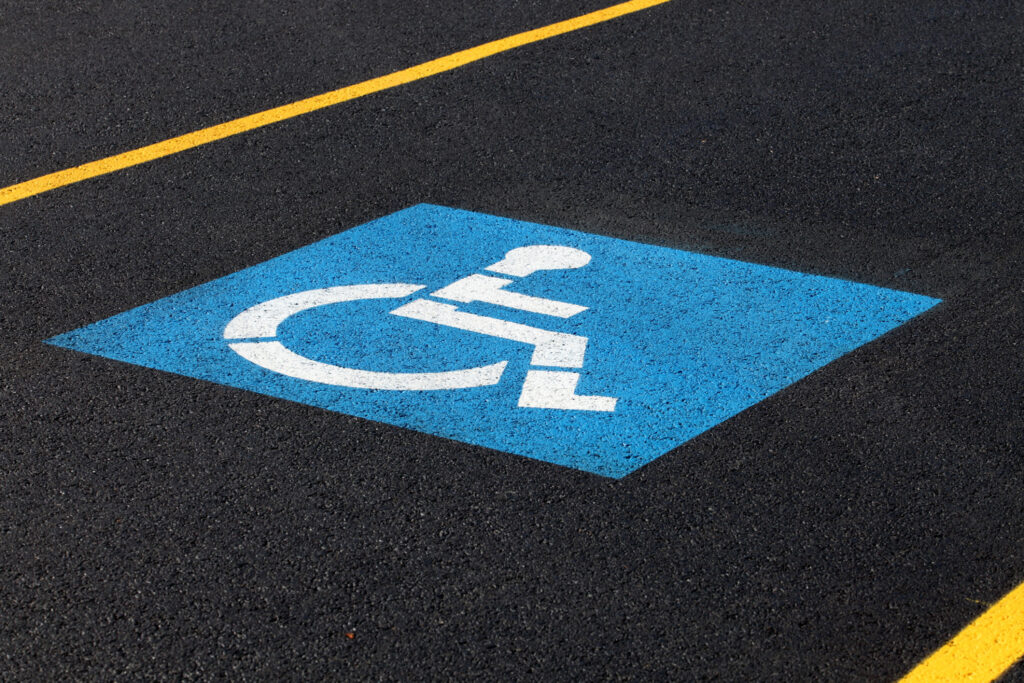DEI strategies help fleets embrace an evolving workforce
Melinda Thornton appreciates the opportunity to learn about different cultures and traditions at her workplace. Especially when this experience comes with cake.
The director of human resources at Ayr Motor Express recalls being surprised the first time an employee brought a cake to the office on their birthday, “I was like, ‘Oh, that’s the opposite of our culture, where if it’s your birthday I would bring you a cake,’” Thornton says. “[It’s] the little things like that, that you learn to embrace. And who doesn’t love cake, right?”
The trucking industry, which once had the reputation of a white boys’ club, continues to diversify, bringing new talent to the roads, offices, and maintenance shops. And more companies, like Challenger and Ayr Motor Express, have diversity equity and inclusion (DEI) programs to embrace the changing demographics.

Both fleets started concentrating more effort on DEI around four years ago, paying further attention to the needs and demands of employees and candidates with differing backgrounds.
Geoff Topping, Challenger’s chief people officer, adds it is also necessary to keep the industry’s people safe and secure – whether the steps relate to women, men, visible minorities, newcomers, or LGBTQ+ communities.
Women occupy 10% of Challenger’s truck driving positions. They also hold 40% of office jobs in the company and make up 9% of workers in the shop. Meanwhile, self-identified visible minorities hold nearly 40% of the driving jobs in the company, 30% of office positions, and 8% of jobs in the shop.
Thornton adds that Ayr’s workforce is also diverse. The majority of office workers are women and a lot of staff, including drivers, are hired from overseas.

Introducing the DEI concept
“When I look at the office staff, they’ve always had the experience of working with different groups, different diversity, different backgrounds,” Thornton says. Introducing drivers to the industry’s cultural diversity presents a bigger challenge. “They’re not physically here every day. They don’t have the experience with people from different groups. So that is some of the challenges we face – helping educate [and] drop some of those barriers.”
She compares today’s industry to the one that existed 20 years ago when her father drove a truck and drivers were referred to as the ‘cowboys of the road’.
“They had their own special little group. And now, when we look at the drivers that are out there, they’re from all over the world.”
Thornton believes the secret is communication and adjusting the ways drivers are trained during the onboarding process.
To educate older drivers on political correctness and emphasize the value of a diverse work culture, the fleet holds one-on-one sessions with them. That has significantly helped to bring down biases that came from not understanding certain cultures and customs. Thornton says drivers are eager to listen, learn, and incorporate the feedback.
Transparent communications are also present at the interviewing stage, to find out what the employee’s expectations from the company are, she adds.
“That’s part of being inclusive and making sure they’re part of a team where they feel like, ‘The company wants me here.’”
Efforts also involve open conversations and accommodating new drivers’ requests based on cultural background, language, or gender. For example, the company arranges overnight accommodations for gender-diverse driver-trainers.

Celebrating the differences
Inclusivity means acknowledging and celebrating the cultures, too.
Ayr Motor Express strives to prioritize time-off requests for important cultural events. Thornton adds that acknowledging different cultures can be as simple as wishing a happy holiday through various communication channels, like email or satellite messages.
“When it is someone’s holiday, whether it’s Ramadan, or Christmas, or Chinese New Year, [we] make sure that those people have the first option to be off and the rest of us cover, so we kind of work as a team, [making] sure people can enjoy their celebration.”
At Challenger, this further extends to dinner menus and snacks at the terminals.
For example, the company recently treated employees to samosas at terminals during Diwali.
The fleet also deviated from the traditional turkey Christmas dinner for a New Year’s party. They offered diverse types of food to ensure everyone feels included as a part of the industry’s community.
This is especially important for newcomers to the country.
Topping says the trucking industry has to help people come to Canada and be successful, build a life for themselves and their families that they can be proud of, and be safe and free.
“Other than our native Indigenous people, we’re all immigrants to this country. So, we all had to start. And I think that’s one of the great things about our country that we do have that kind of diversity, and let’s, let’s celebrate it… [and] help people come to this country and bring some of their culture with them.”

Recruiting abroad
However, carriers have to go the extra mile if they want to recruit drivers from abroad, as additional considerations come into play. When the driver shortage was particularly severe several years ago, Challenger even went abroad to conduct test drives before hiring candidates.
Thornton says fleets have to pay attention to foreign applicants and complete reference checks in the foreign countries, because information can be falsified.
“You have to be very diligent, it is a big job,” she says. Once the newcomers arrive, however, the fleet takes careful steps to help them find housing and begin language classes where needed.
Topping adds that Challenger goes as far as picking up newcomers from the airports. And it helps them adapt to the new environments that come with driving jobs, as they familiarize themselves with Canada and the U.S., or life on the road.
New hires are taught practical tips and tricks that relate to daily lives as well, like how to find their way around their communities, understand local systems, obtain necessary documents like health cards and licences. The fleet also helps introduce them to local services, showing them key locations like hospitals and more, Topping says.

Accessibility and disability
Commitments to diversity, equity and inclusion also apply to creating an accessible workplace. This became a particular priority for federally regulated carriers since the Accessible Canada Act came into effect.
However, accessibility in the transportation industry poses different challenges for driving and office personnel. While facilities can be made more accessible, trucks present a unique challenge for drivers with disabilities, Thornton says.
At Ayr, for example, there are drivers with missing limbs, and the company strives to accommodate such diverse needs, implementing changes like specialized steering wheels and automated transmissions. The goal is to provide options for all drivers. There are currently around 40 trucks with automated transmissions already in the fleet.
The repetitive nature of getting into the truck can also pose other challenges for drivers due to step heights. According to Challenger’s accessibility plan for 2023-25, the fleet will provide and install extended tractor steps or folding steps where applicable to reduce the climbing distance. Additionally, swivel seats will be installed where they’re needed.
Several other barriers were identified in the document, along with steps to overcome them. To address the underrepresentation of disabled employees, hiring managers will be educated on accessible and barrier-free recruiting, and managers will be encouraged to conduct remote interviews as a standard practice. Washrooms with automatic doors will improve access while maintaining privacy and independence.
Even communication needs are addressed. The fleet has identified the need for plain language in its communications, to help people with different literacy levels or first languages, or those who have cognitive disabilities.
Steps to embrace diversity, equity and inclusion are certainly worth communicating.
Have your say
This is a moderated forum. Comments will no longer be published unless they are accompanied by a first and last name and a verifiable email address. (Today's Trucking will not publish or share the email address.) Profane language and content deemed to be libelous, racist, or threatening in nature will not be published under any circumstances.
Happy New Year, Krystyna Shchedrina. Thank you for a wonderful article about DEI. Well written, warm, and summed up well with “Steps to embrace diversity, equity and inclusion are certainly worth communicating.”
I was truck driving when the “first international driver hires” came over the ocean in early 2000. It was a nice touch. Now, years and years later, it has become a little too much. Like, a way, way too much. Case in point, who are “they” always talking to on cell phones? Talking, talking, talking. While driving, in washrooms, fueling, in shops, stores, and the list goes on and on of their use of cell phones, ear buds, and headphones. (I am sure the motoring public will agree.) Good thing that cell phone plans have superior international rates.
Before being called a racist, I have been to 32 different countries in the world. Love to travel. I admire and appreciate it very much. My trucking income has been good to me and the family. We’re blessed to travel. With their highly populated countries, each person has to grab their limited space of land when they even go for a walk. Pushing/shoving is a way of life. I fully understand the culture differences.
However, there is one fact that is missing. As Canadians, we are told to “change” and I understand that we need to “change”. But here is the one fact that is missing from the immigrants. The new comers are not being expected, mentored, coached, advised, encouraged, or “required” to assimilate into our culture and/or our Canadian way of life. It’s totally missing. There would be a steep rise in our country’s acceptance if there was a governmental, educational, and work-related approach to requiring their assimilation in “our” culture. By “golly gee” , we would certainly be expected to assimilate into their culture if we emigrated over to “wherever”. Remember, I have travelled a tad here and there.
Krystyna, a beautiful column and very much appreciated. I am being very sincere. Although a bit “one-sided in scope”; all is good in the hood.
In closing, I wish you well and a Happy New Year. A timely article as 2024 is my retirement year next fall. After 50 years of handling commercial truck and bus equipment through Canada, and into the USA, Mexico, and Guatemala, I am done. Your article just convinced me even more. The DEI expectation is NOT helping in any way. Unless assimilation is expected from immigrants, DEI will continue to be received negatively from “already settled” Canadians.